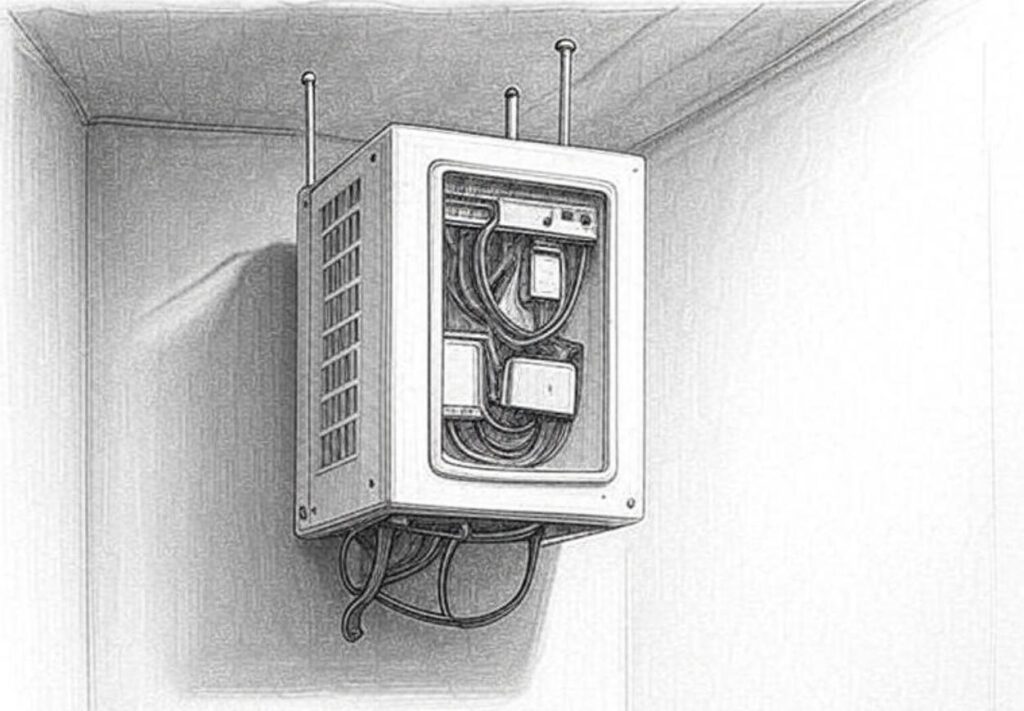Small Cell DAS: The Solution to Poor Cellular Coverage in Buildings

In today’s world, cellular coverage has become an essential part of our daily lives. However, poor coverage inside buildings remains a common issue. This can cause inconvenience, frustration, and even a loss of productivity. Small Cell DAS is an innovative solution that addresses this problem by enhancing cellular coverage within a building.
Small Cell DAS stands for Small Cell Distributed Antenna System. It involves installing small cells in a building, which are connected to an antenna system. These cells provide better coverage, capacity, and quality of service for cellular devices such as smartphones and tablets.
One of the main advantages of Small Cell DAS is that it provides better coverage than traditional cellular towers. This is because traditional towers are designed to provide coverage over large areas, such as a city or region. In contrast, Small Cell DAS is specifically designed for indoor environments. By installing small cells throughout the building, coverage can be improved in areas where it may have been previously weak or non-existent.
Another advantage of Small Cell DAS is that it improves the capacity of the cellular network. As more people use cellular devices in a building, the demand for network capacity increases. Small Cell DAS can help alleviate this demand by providing additional capacity for devices to connect to the network, ensuring a smoother and faster connection.
Additionally, Small Cell DAS can improve the quality of service for cellular devices. With better coverage and capacity, cellular devices can communicate more effectively with the network, resulting in fewer dropped calls, faster data speeds, and a more reliable connection overall.
However, as with any technology, Small Cell DAS also has its downsides. One of the main concerns is the cost of installation and maintenance. Small Cell DAS requires a significant investment to install and maintain, which may be a barrier for some businesses. Additionally, Small Cell DAS may require additional power and cabling, which can also add to the overall cost.
Another concern is the potential for interference. Small Cell DAS may interfere with other wireless technologies such as Wi-Fi and Bluetooth. However, this can be mitigated through careful planning and design of the system.
In conclusion, Small Cell DAS is an innovative solution that can greatly enhance cellular coverage within a building. With better coverage, capacity, and quality of service, Small Cell DAS can provide a smoother and more reliable connection for cellular devices. While there may be some costs and potential interference concerns, the benefits of Small Cell DAS make it a valuable investment for businesses looking to improve their cellular coverage.